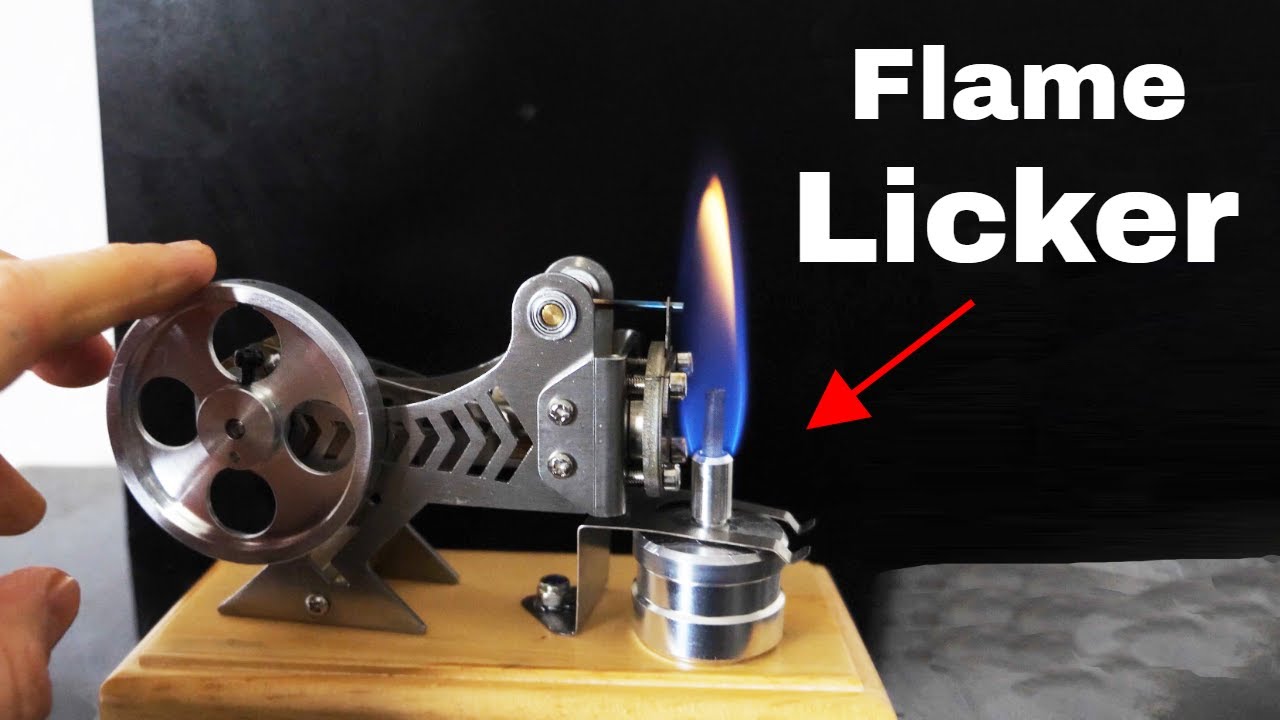Here is more about flame-eater engines, also called “vacuum”, “flame licker” “flame dancer”, or just “flame” engines. Unlike an internal combustion engine or conventional steam engine, the piston is driven by atmospheric pressure pushing against a partial vacuum produced by cooling hot flame gases ingested on the piston’s return stroke. Since atmospheric pressure is much less than that which can be created by combustion of a fuel-air mixture or supplied by a steam boiler, power and efficiency are low by comparison. Some early steam engines, such as the Newcomen atmospheric engine, worked on a similar principle, using atmospheric pressure against steam which condensed in the cylinder, likewise creating a partial vacuum.
1 Like
